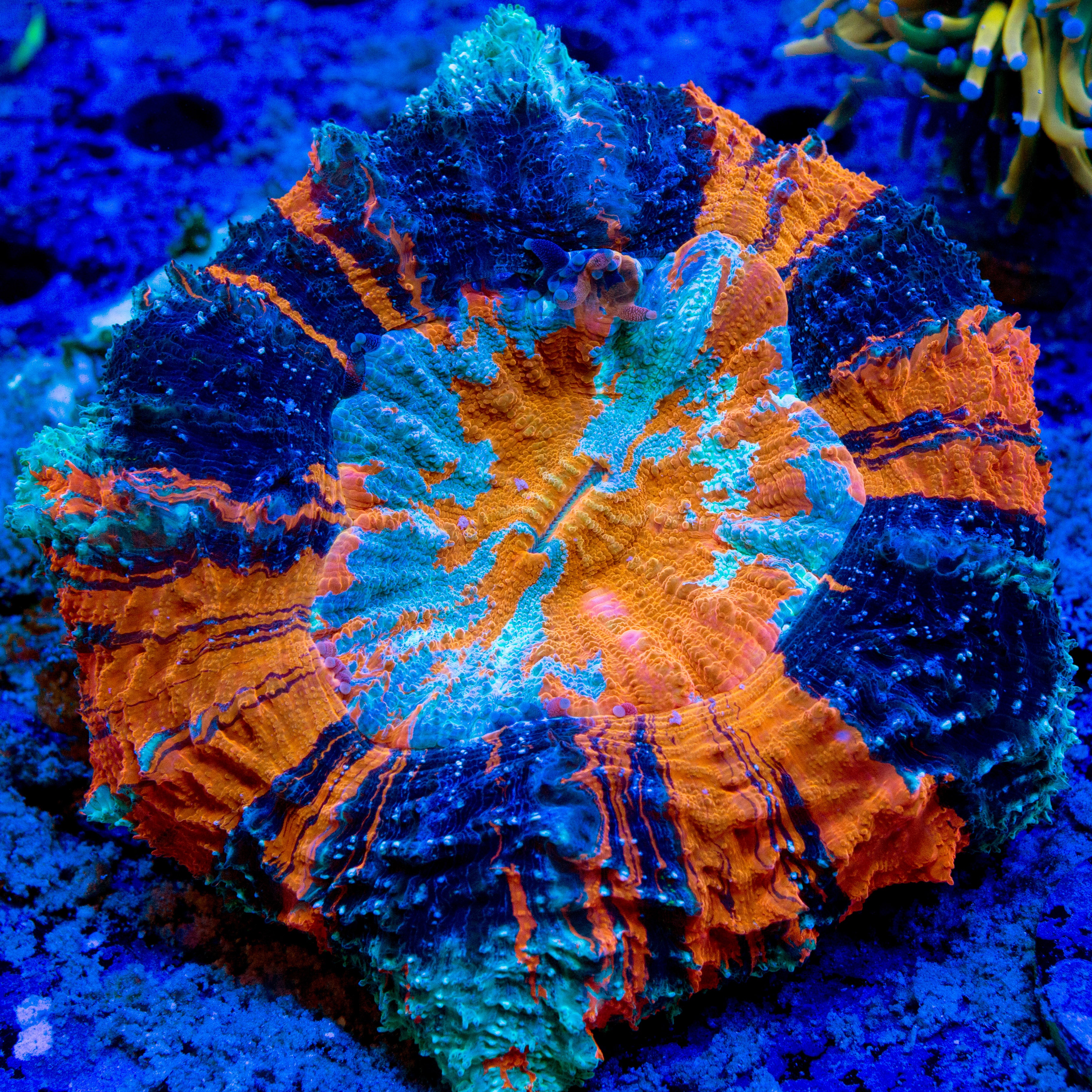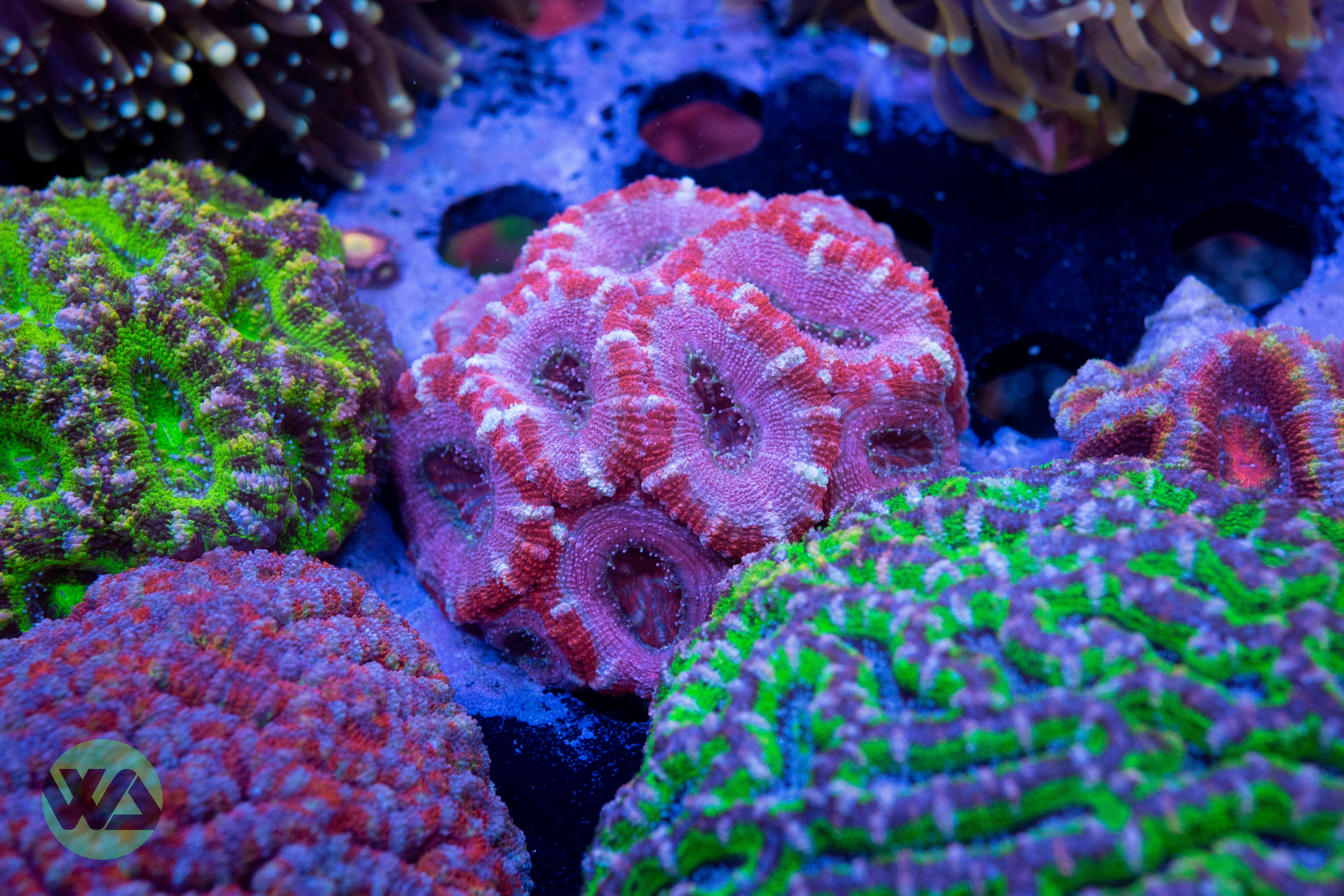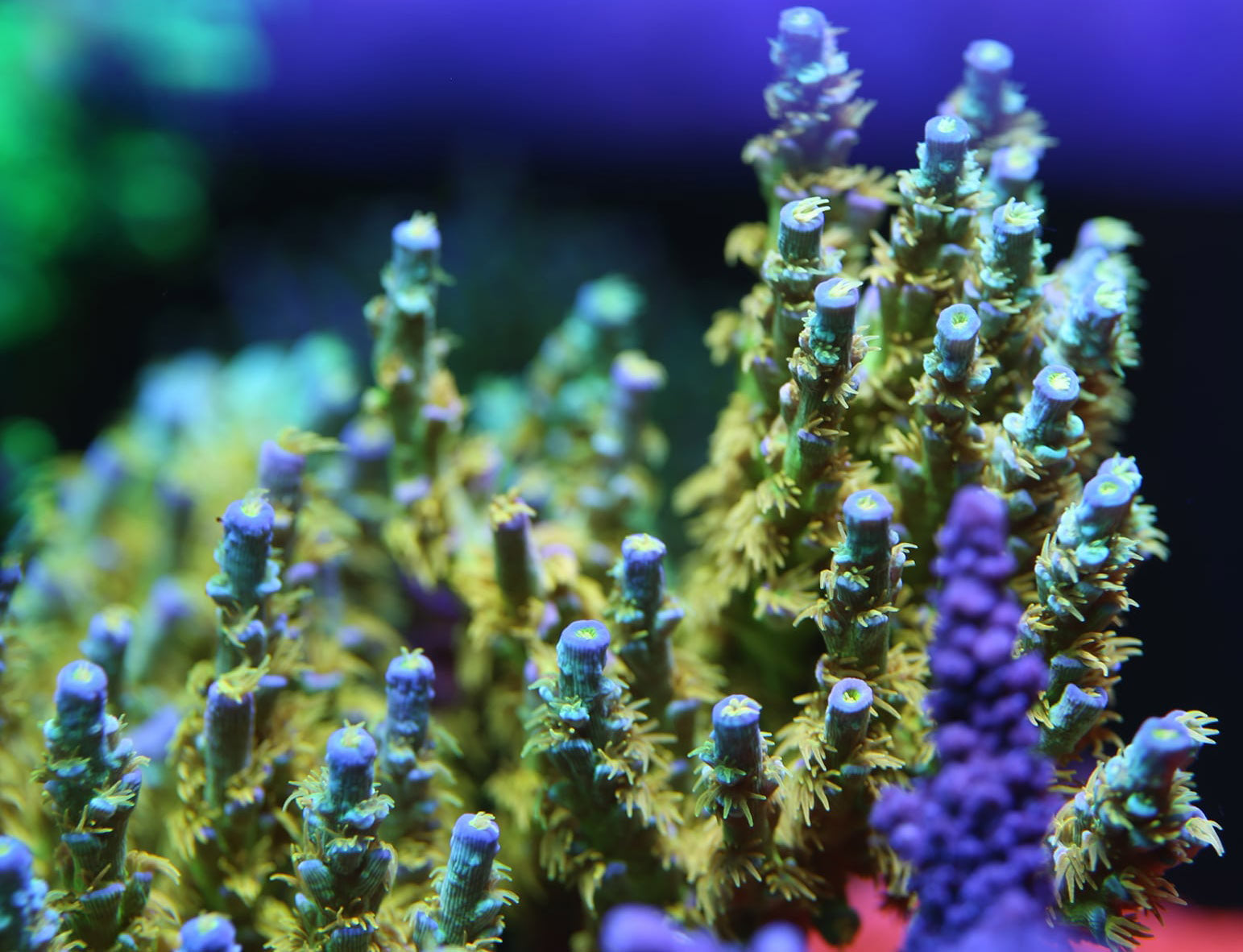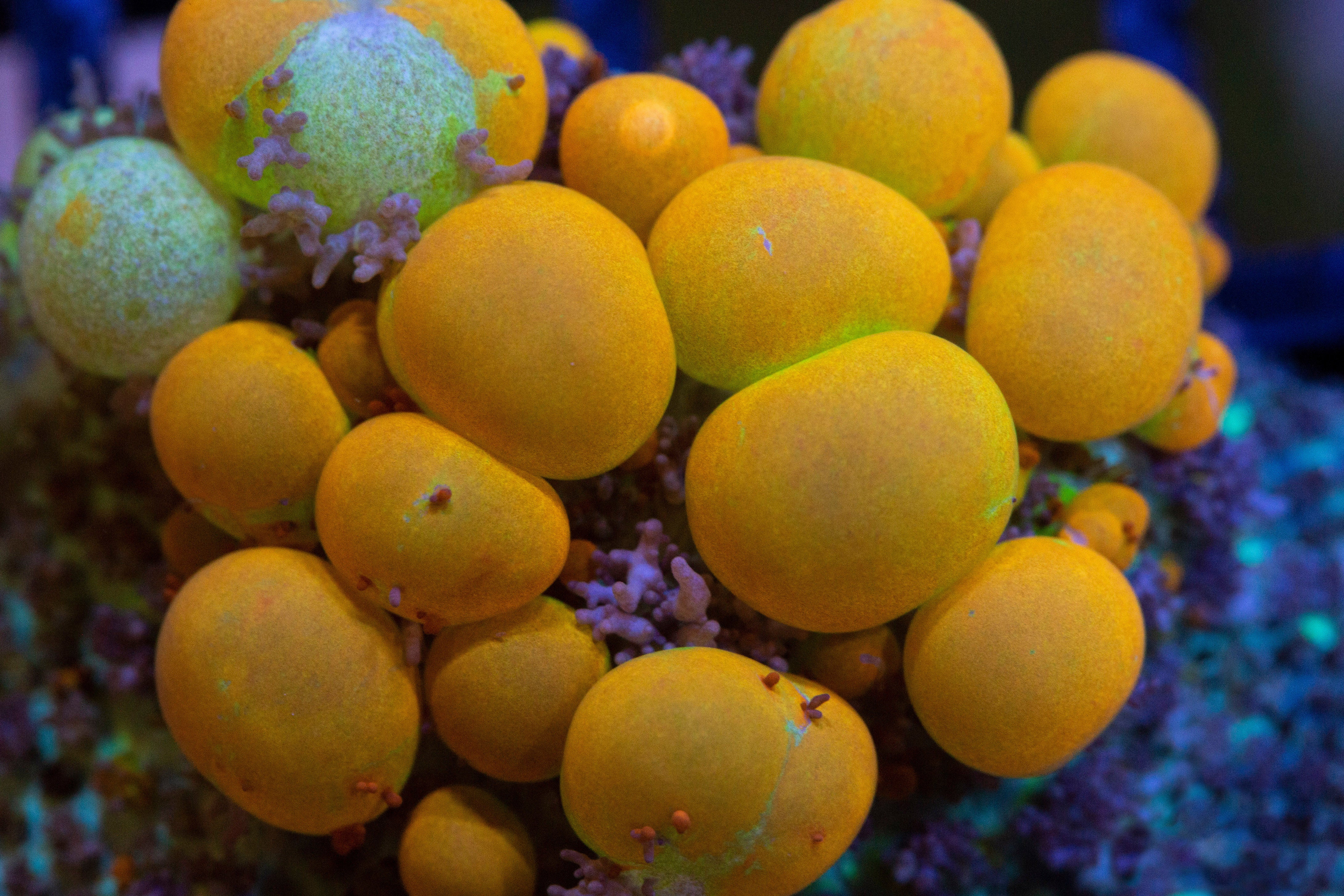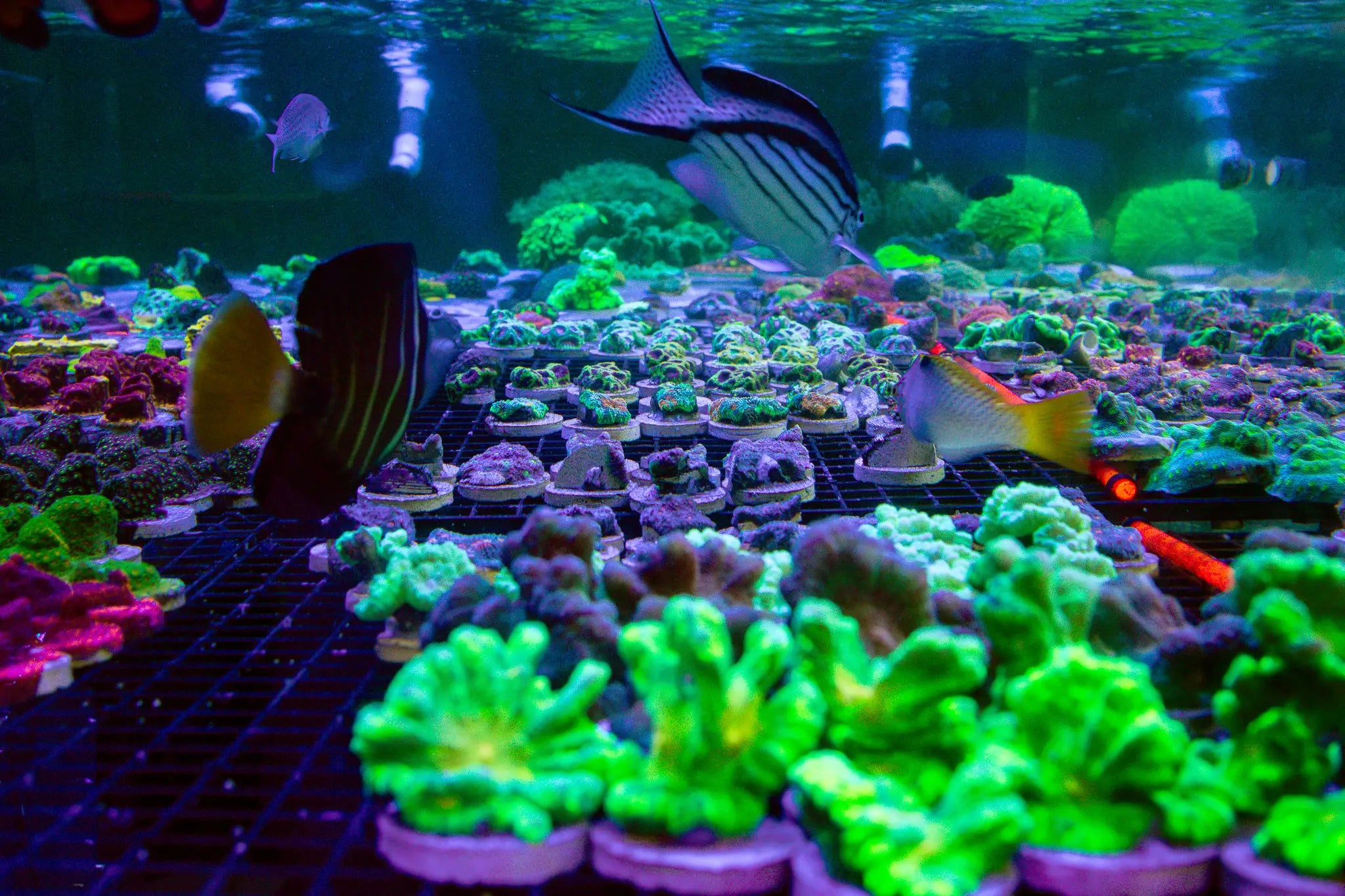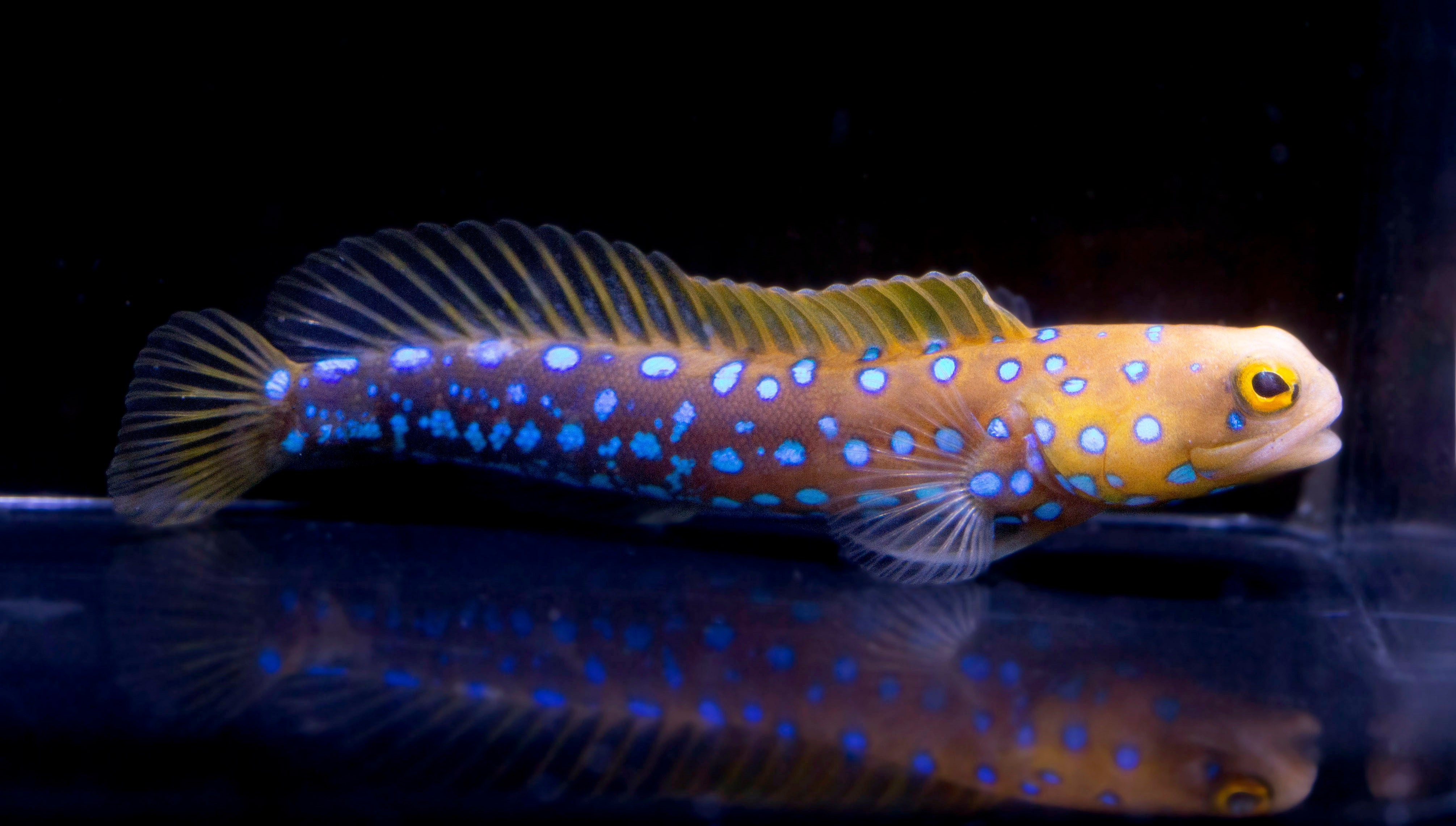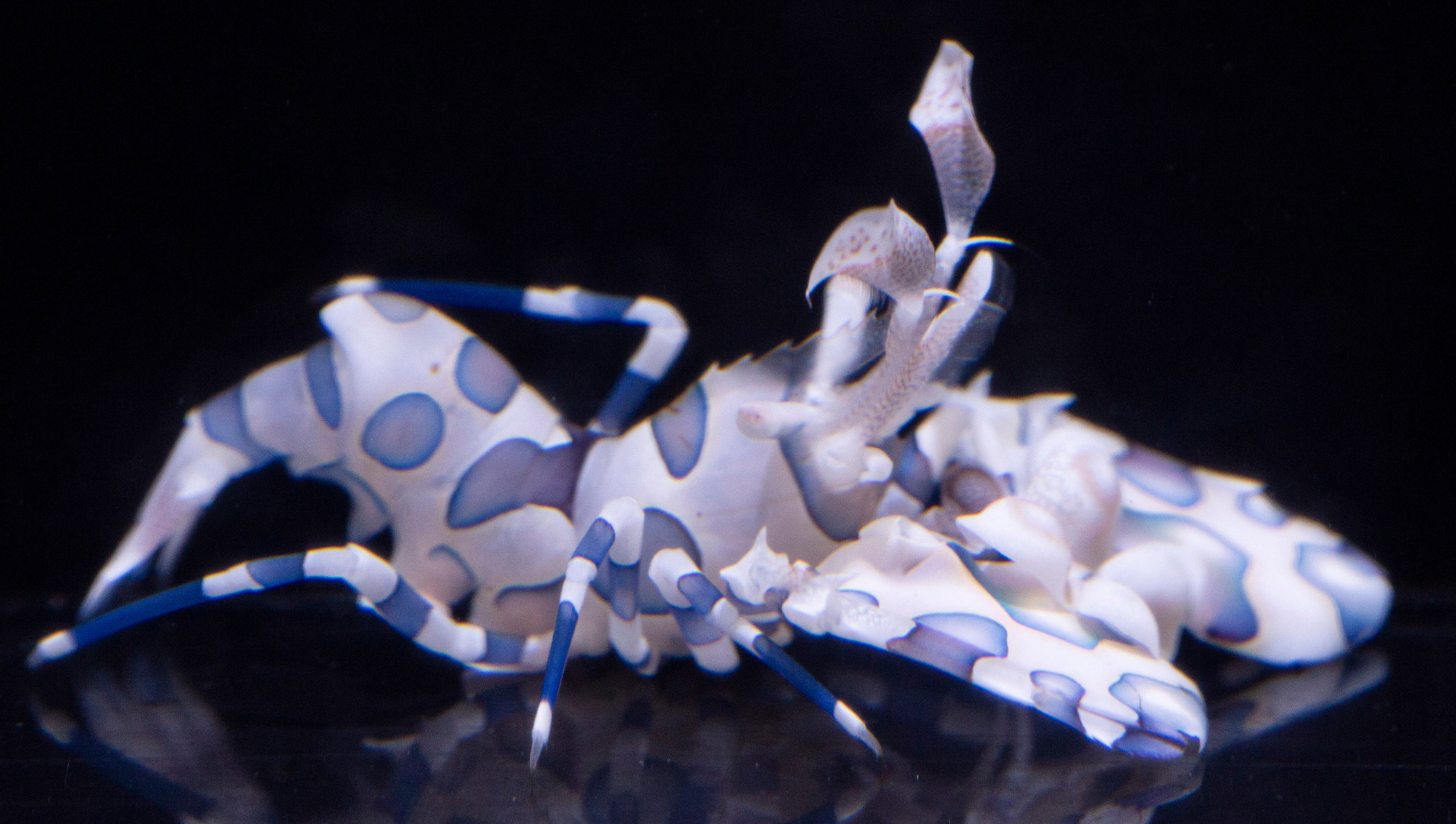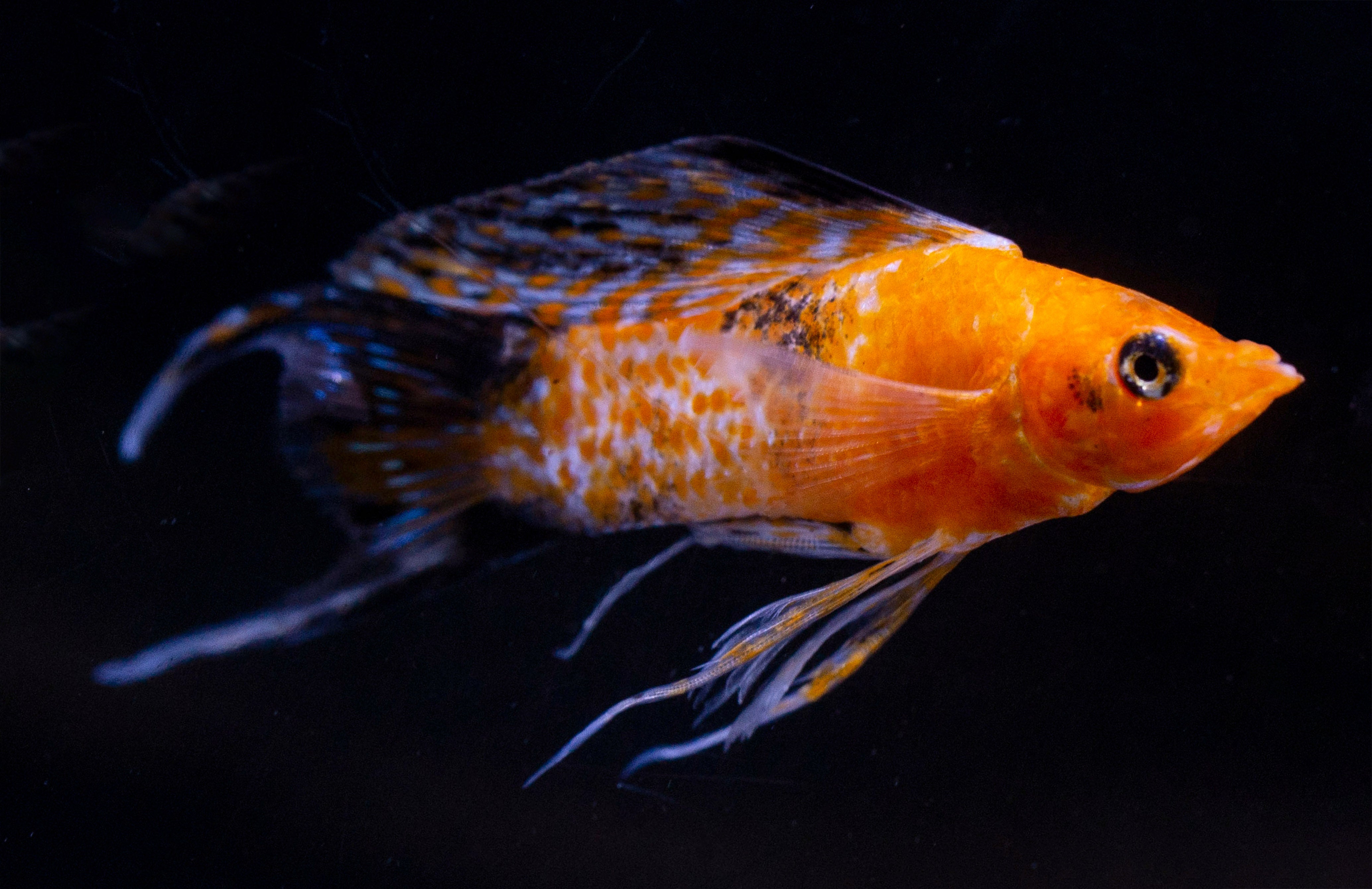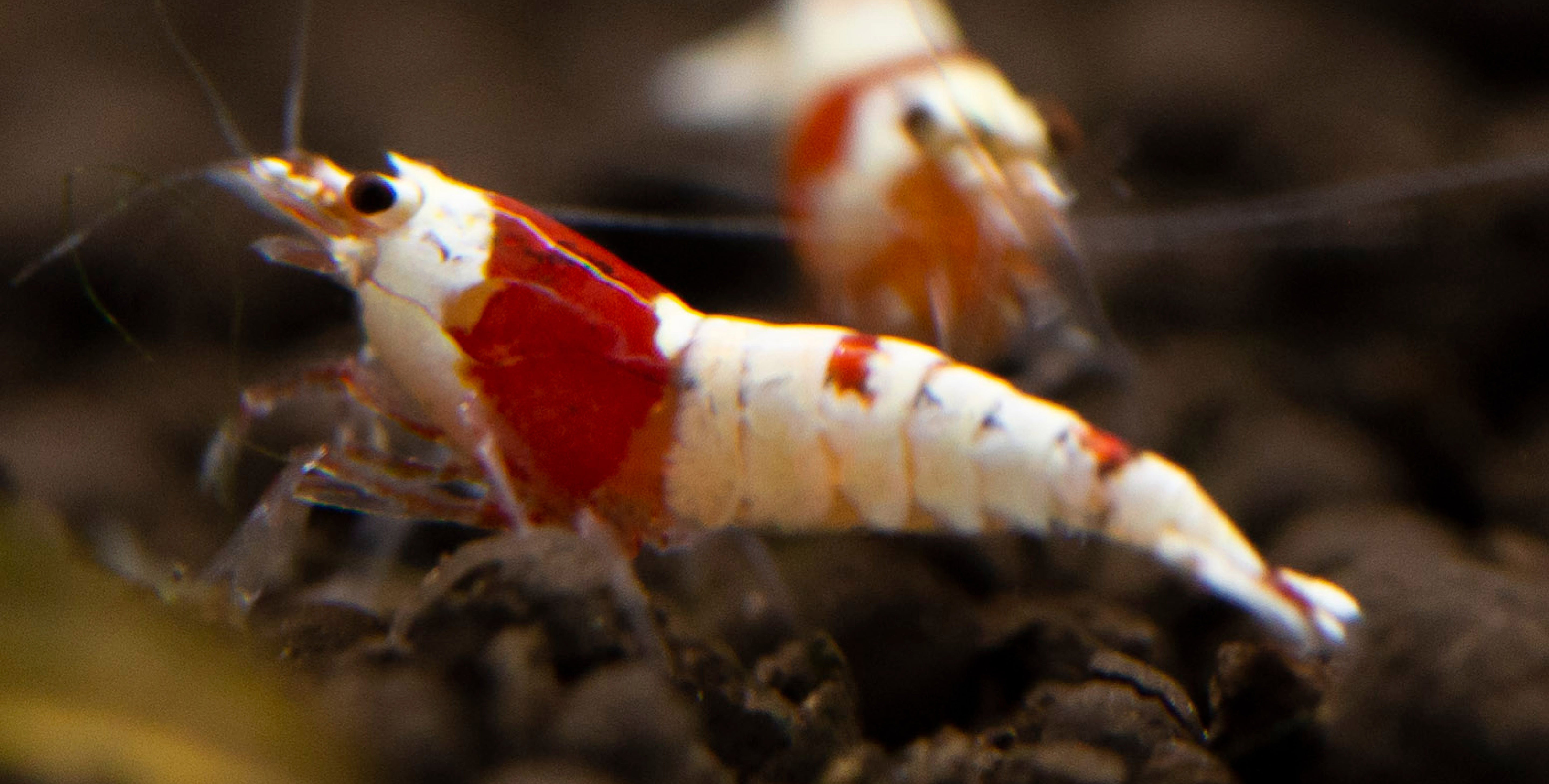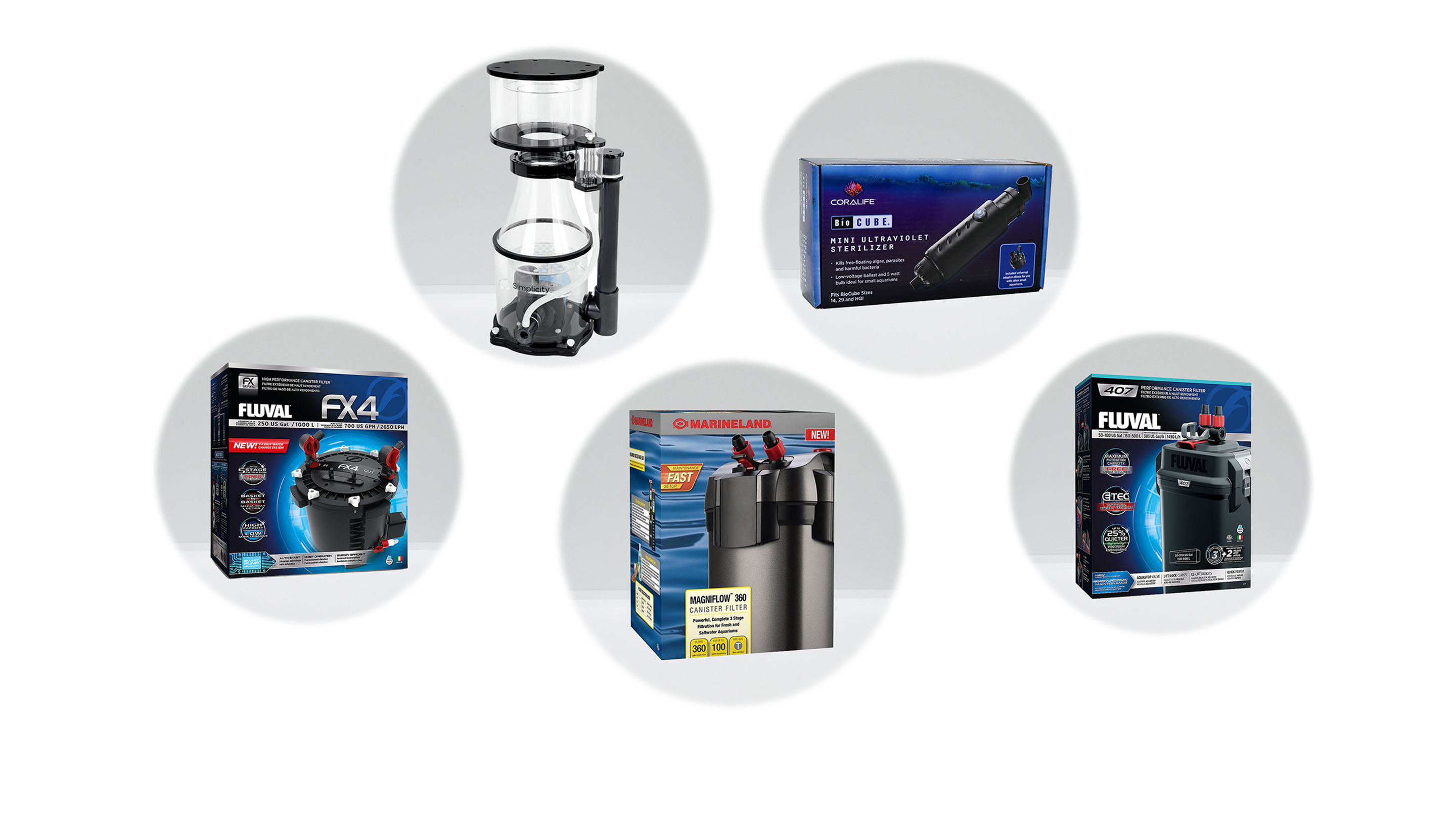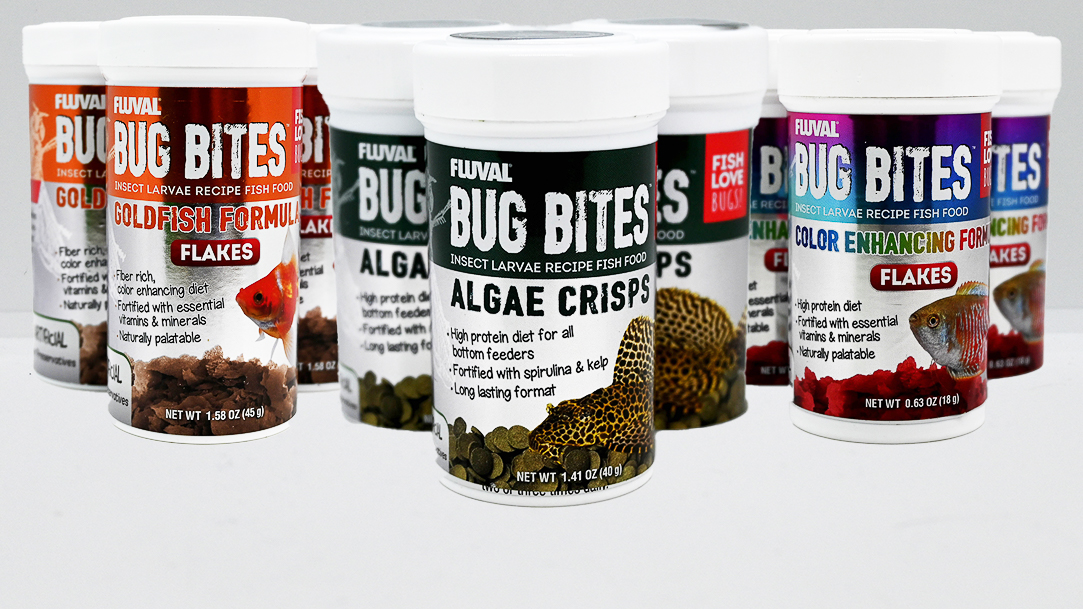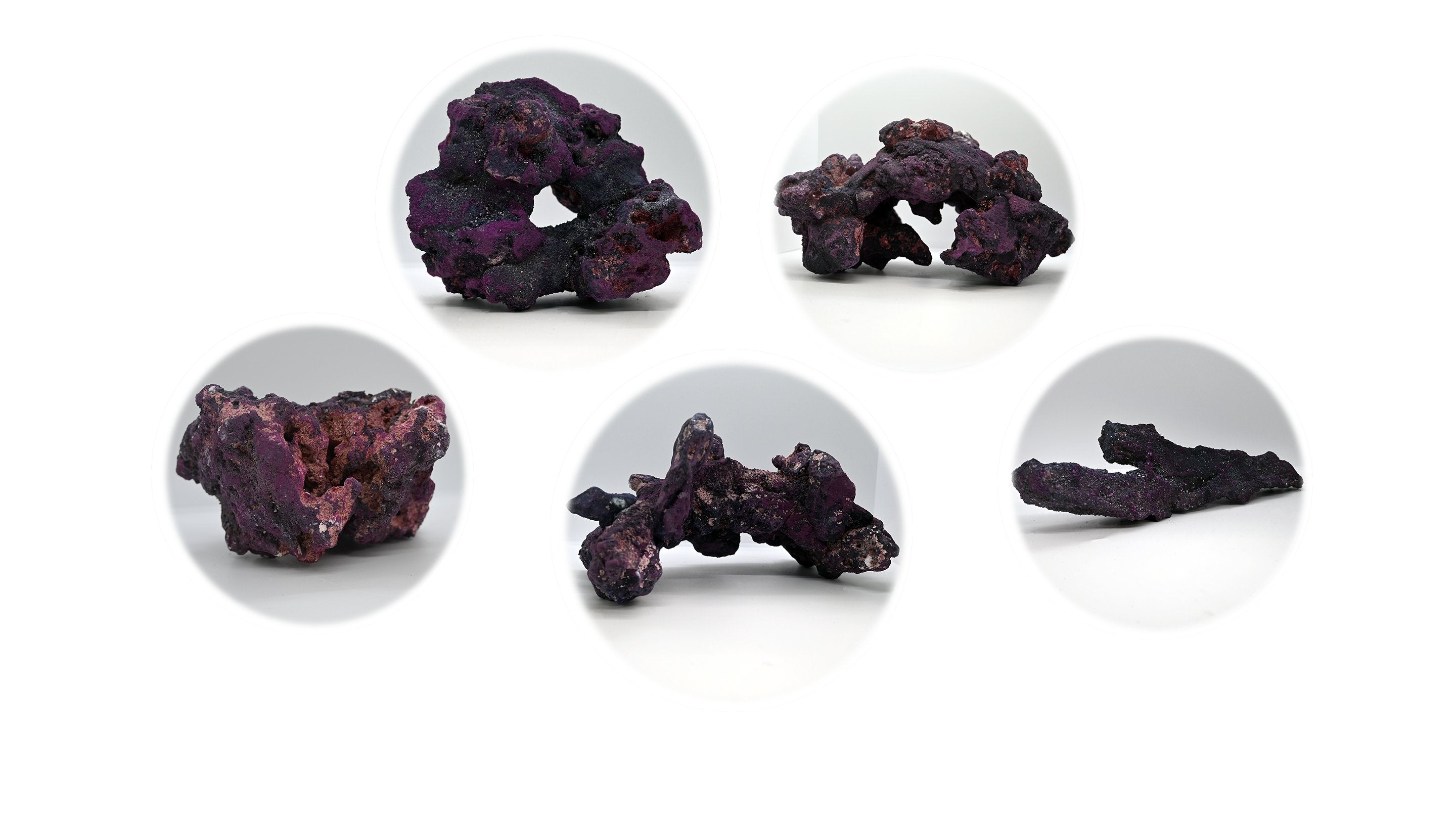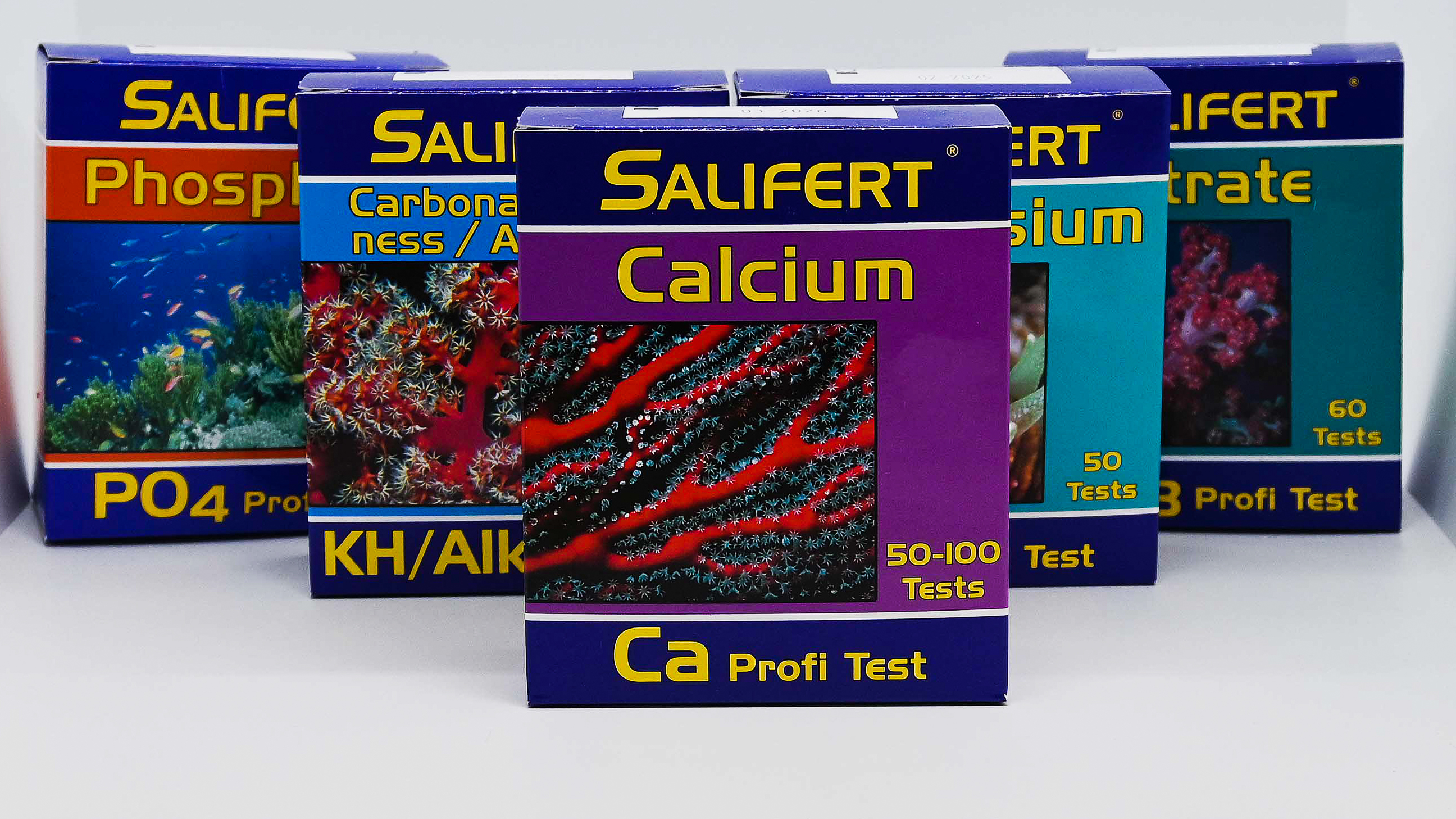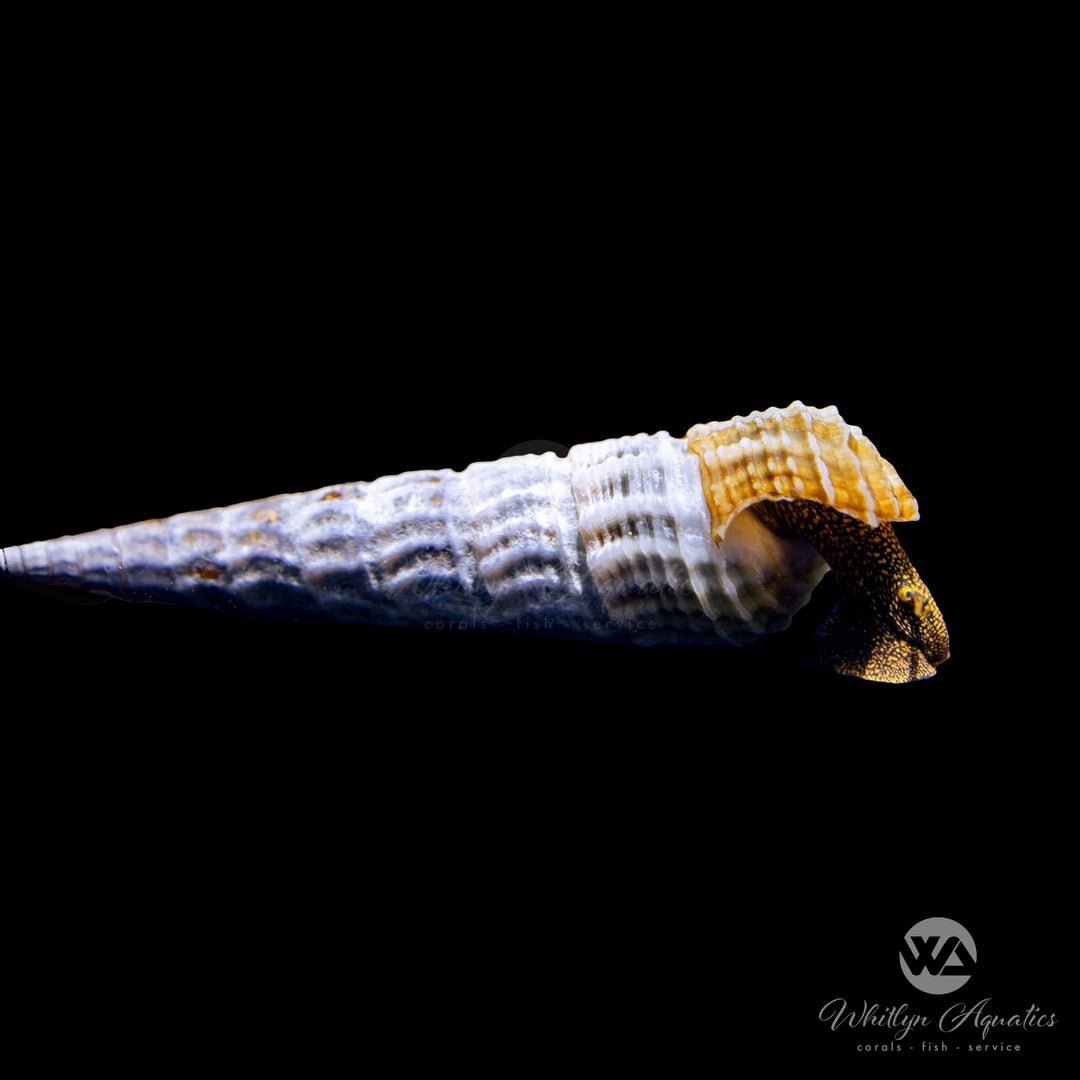
White Hercules Snail - Brotia herculea
- In stock, ready to ship
- Backordered, shipping soon
White Hercules Snail - Brotia herculea
The White Hercules Snail (Brotia herculea) is a striking freshwater snail known for its unique appearance and beneficial role in aquariums. With its attractive white shell and interesting behaviors, this species is a popular choice among aquarists looking to enhance their aquatic environments.
Description:
• Common Name: White Hercules Snail
• Scientific Name: Brotia herculea
• Family: Botiidae
• Size: Typically grows to about 3-4 inches (7.5-10 cm) in diameter.
• Color: Features a distinctive white shell with a glossy finish. The shell is typically spiraled and can display varying shades of cream or pale yellow, making it visually appealing in aquariums.
Native Region:
The White Hercules Snail is native to the freshwater rivers and lakes of Southeast Asia, particularly found in countries like Thailand and Myanmar. They inhabit slow-moving waters with sandy or muddy substrates.
Aquarium Setup:
• Tank Size: Minimum of 10 gallons (38 liters) is recommended to provide adequate space for movement and exploration.
• Water Parameters:
• Temperature: 72-82°F (22-28°C)
• pH: 6.5-8.0
• Hardness: 5-15 dGH (soft to moderately hard water)
• Diet: Herbivorous; primarily feeds on algae, detritus, and decaying plant matter. In captivity, they thrive on high-quality algae wafers, blanched vegetables like zucchini or spinach, and fish flakes.
Care Level:
• Difficulty: Easy to moderate
• Temperament: Generally peaceful and compatible with a variety of tank mates, including fish, shrimp, and other snails.
• Lifespan: Approximately 5-10 years with proper care.
Behavior:
White Hercules Snails are primarily nocturnal, often seen foraging for food on the substrate during the night. They are slow-moving and can be entertaining to watch as they glide along surfaces in the aquarium.
Additional Tips:
• Tank Mates: Compatible with peaceful species like tetras, rasboras, and community fish. Avoid aggressive fish that may harass or injure the snails.
• Breeding: Breeding in captivity is rare, but they can lay eggs in groups. It’s essential to monitor egg development and provide suitable conditions for hatchlings if breeding occurs.


